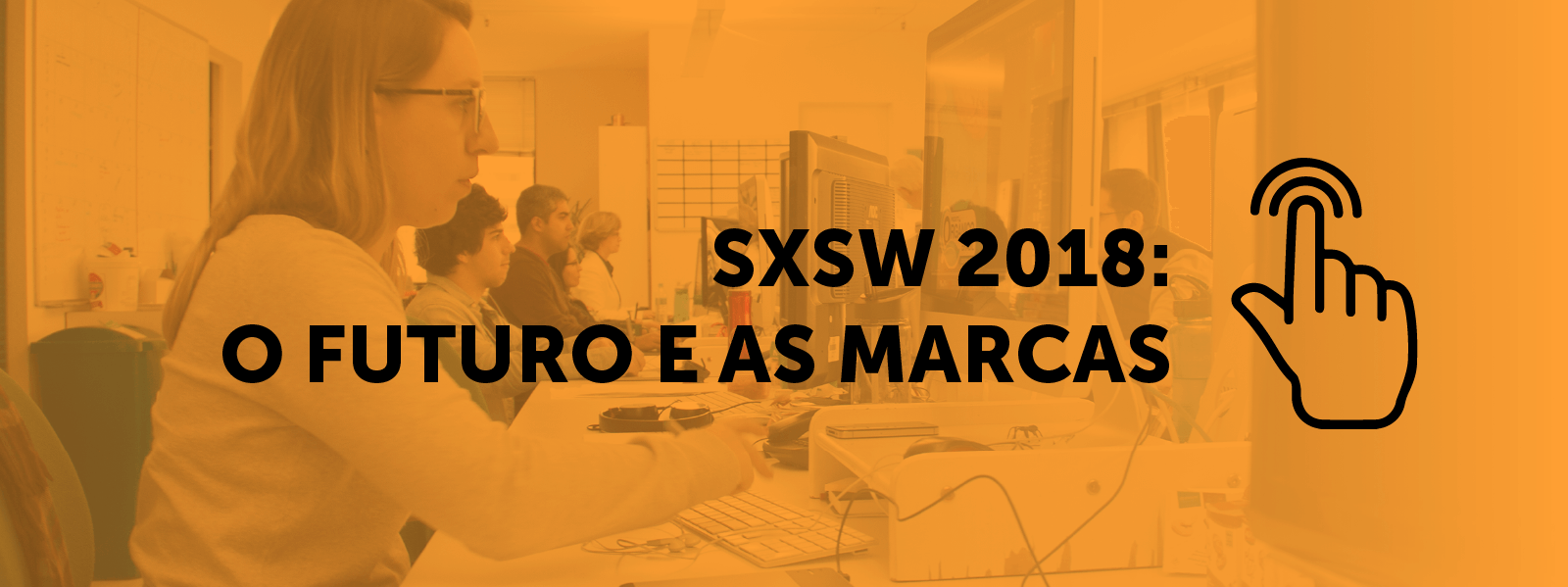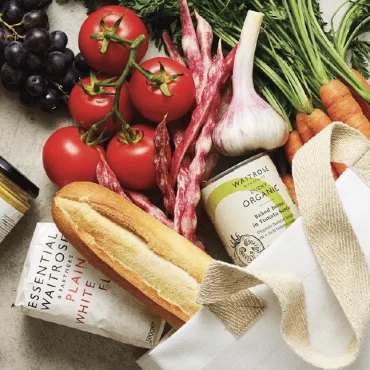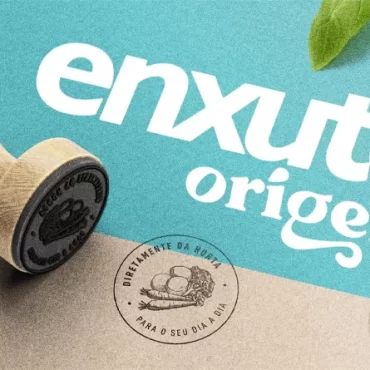What’s changing in the relationship between brands and consumers?

Uncategorized
Think of what your routine was like 20 years ago. Many things have changed, many became faster. We don’t talk over the internet the same way, we carry hundreds of songs with us everywhere we go and buy products with one click. At every moment, at a smaller or larger scale, our relationship to information and technology is going through changes – and adapting our habits to those changes has become normal.
In the universe of brands it’s not any different: finding solutions that fit the continuing market transformations and proposing experiences and ways of communicating that connect with a demanding audience are constant challenges for companies. After all, what can they expect from the future?
This year at South by Southwest (SXSW), one of the main music, technology and creative economy festivals, discussions were held on the changes in the relationship between brands and consumers, which will become even stronger in the coming years. The most relevant ones were compiled into a report made by ABEDESIGN in partnership with CoolHow, and three of those will be explored in today’s article.
Speed is essential
According to Facebook, mobile devices made us 41% faster. That speed influences the way we consume content and creates a predisposition towards solutions that reach us wherever we are and in the fastest way possible. Therefore it’s essential that brands stay alert and find ways to offer a more complete and dynamic experience.
Giphy, the largest GIF platform in the world, is a great example of how to be in tune with the needs of the audience. Because they are quick and universal they are able to reach people, grab attention for a post or an important email and build a more intimate relationship with the clients. One of the reasons for that popularity is that visual pieces are processed 60 thousand times faster in the digital environment than conventional texts. Therefore, using GIFs in an online action can make the difference.
The conclusion from research done in 2015 by Microsoft makes GIFs even more attractive: the average attention span of an adult person dropped to 8 seconds, shorter than that of a goldfish. Which means people want quick and useful informations – and if they are fun, all the better.

Collaboration is a trend
Make no mistake: when we say trend, we don’t mean something fleeting. Collaboration between brands and consumers is seen by companies as a way to innovate and face challenges. Listening to your audience is increasingly more fundamental for the future of brands, which have already started understanding that different repertoires create a more favorable atmosphere for the generation of ideas and solutions.
Several companies, like Nike (pictured below), Nissan and Ruffles already allow or have allowed for customization in some marketing campaigns for their products, be it in the colors, the functionalities or the flavors. With that, customers feel empowered and sense the brand talking directly to them instead of the masses.

A new, more demanding generation
People have mobile devices in their hands with all of the information they need about the different qualities and prices of a product. They can also exchange opinions easily and alert future consumers if the product doesn’t live up to expectations. And more: they can question organizations directly about their practices, in case these are prejudiced or environmentally irresponsible.
In that context, it’s important that brands understand when and how to position themselves regarding certain topics. That positioning must be authentic and really reflect the company’s values. It’s not enough to defend female representativity and not have women in leadership positions internally, for instance.
An example of a company which positions itself for a cause is Renner. Recently, in order to connect with their young and engaged audience, the company launched a t-shirt collection for the LGBT Pride Parade and a Valentine’s Day campaign with homosexual couples (video below).
In your opinion, what will be the most relevant trends in the relationship between brands and consumers in the coming years? Tell us!



